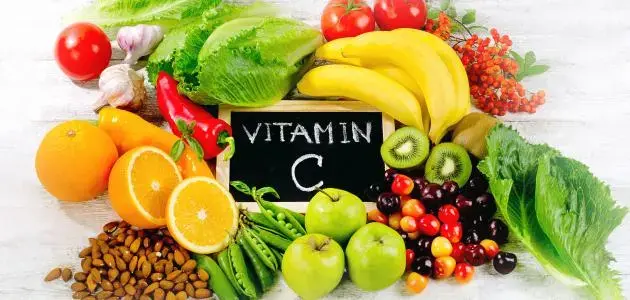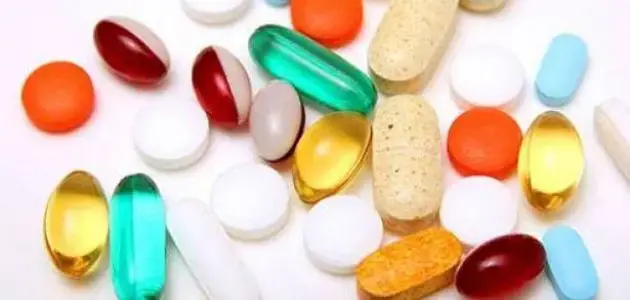Top Dietary Sources of Vitamin C
Vitamin C, or ascorbic acid, is a powerful antioxidant and an essential nutrient for the human body. It supports immune function, aids in wound healing, and plays a key role in collagen production. Below are some of the richest food sources of vitamin C:
1. Red Chili Peppers
Just one 45-gram red chili pepper provides about 64.7 mg of vitamin C, covering 72% of the recommended daily intake (RDI). Although usually consumed in small amounts, chili peppers offer numerous health benefits, including immune support and wound healing. They contain capsaicin, the compound responsible for their spiciness and antioxidant effects.
2. Guava
Guava is exceptionally high in vitamin C—one cup contains 376.7 mg, which is 419% of the RDI. It also supplies fiber, potassium, phosphorus, magnesium, and a range of vitamins including A, E, and B-complex. Guava's antioxidant-rich leaves have been shown to combat free radicals.
3. Bell Peppers
Red bell peppers deliver 152 mg of vitamin C per fresh cup (169% RDI). Green bell peppers also provide a good amount, with one medium pepper offering 95 mg of vitamin C. Bell peppers are low in calories and contain vitamins A, B6, and K, along with fiber.
4. Blackcurrants
These small berries contain 181 mg of vitamin C per 100 grams (201% RDI)—around four times the amount in oranges. They are also rich in vitamins A, E, B5, B6, and B1.
5. Thyme
Thyme is a potent herb with 160 mg of vitamin C per 100 grams (178% RDI). It also contains vitamin A, iron, copper, manganese, and fiber.
6. Parsley
Low in calories but rich in nutrients, one cup of parsley contains 80 mg of vitamin C (89% RDI). It also provides vitamin A, vitamin K, and beneficial plant compounds like flavonoids.
7. Spinach
Raw chopped spinach delivers 195 mg of vitamin C per cup (217% RDI). When cooked, one cup still provides 117 mg (130% RDI). Spinach is also high in vitamin A, calcium, potassium, folate, and fiber.
8. Cabbage
Raw chopped cabbage offers 80 mg of vitamin C per cup (89% RDI), while the cooked version provides 53.3 mg (59% RDI). It's also a good source of fiber, calcium, and antioxidants.
9. Kiwi
One cup of sliced kiwi contains 166.9 mg of vitamin C (185% RDI). Kiwis are also rich in vitamins A, E, K, folate, and several antioxidants.
10. Broccoli
Chopped raw broccoli provides 81 mg of vitamin C per cup (90% RDI), along with vitamin K, fiber, folate, and potassium.
11. Brussels Sprouts
One cup delivers 107% of the RDI for vitamin C. These sprouts are rich in antioxidants, fiber, and essential vitamins and minerals.
12. Lemons
A 58-gram lemon contains 30 mg of vitamin C. Lemons are also a source of vitamin B1, B2, and B6, as well as flavonoids with antioxidant properties.
13. Papaya
One cup of papaya contains 88 mg of vitamin C (98% RDI), while a medium fruit delivers 224%. It also offers vitamins A, B5, E, and K, as well as minerals like magnesium and potassium.
14. Strawberries
One cup of sliced strawberries (166 grams) provides 97.6 mg of vitamin C (108% RDI). They are high in fiber, folate, potassium, and antioxidants such as anthocyanins and ellagic acid.
15. Oranges
Oranges are a classic source of vitamin C, with one cup providing 96 mg (106% RDI). They also contain fiber, vitamin B1, folate, and antioxidants.
16. Acerola Cherries
These are among the most concentrated sources of vitamin C. One cup contains a staggering 11,644 mg, equivalent to 1,827% of the RDI.
17. Rose Hips
Rose hips, the fruit of wild rose plants, are packed with antioxidants. One cup (127 grams) offers 541 mg of vitamin C (601% RDI), along with vitamin E, beta-carotene, and lycopene.
18. Lychee
One cup of lychees contains 136 mg of vitamin C (151% RDI). These fragrant fruits also contain B vitamins, copper, potassium, magnesium, and fiber.
19. Kale
Raw kale provides 120 mg of vitamin C per 100 grams. It's also a source of vitamin K, beta-carotene, and fiber.
20. Tomato Paste
Tomato paste offers 27.3 mg of vitamin C per 100 grams. It also contains lycopene and other plant nutrients.
Overview of Vitamin C
Vitamin C is a water-soluble antioxidant vitamin essential for growth, tissue repair, and collagen production. It supports blood vessel, cartilage, and bone health. As the body does not store vitamin C, consistent dietary intake is crucial.
Types of Vitamin C Supplements
- Ascorbic Acid (common in standalone supplements)
- Mineral Ascorbates (e.g., sodium or calcium ascorbate)
- Ascorbic Acid with Bioflavonoids
Recommended Daily Intake
| Age Group | Recommended Intake (mg/day) |
|---|---|
| Infants (0–6 months) | 40 |
| Infants (7–12 months) | 50 |
| Children (1–3 years) | 15 |
| Children (4–8 years) | 25 |
| Children (9–13 years) | 45 |
| Males (14–18 years) | 75 |
| Females (14–18 years) | 65 |
| Males (19+ years) | 90 |
| Females (19+ years) | 75 |
| Pregnant (14–18 years) | 80 |
| Pregnant (19+ years) | 85 |
| Lactating (14–18 years) | 115 |
| Lactating (19+ years) | 120 |
Vitamin C Deficiency
Known as scurvy, a vitamin C deficiency can result from a diet low in fruits and vegetables. Symptoms typically appear after 8–12 weeks and may include fatigue, irritability, muscle pain, swollen gums, poor wound healing, and anemia. Risk increases with conditions like smoking, infection, surgery, and malabsorption disorders.
Potential Side Effects
Vitamin C is generally safe, but high doses (over 2,000 mg daily) can lead to side effects such as nausea, diarrhea, and kidney stones—especially in people predisposed to them.
Leave a comment
Your email address will not be published. Required fields are marked *




